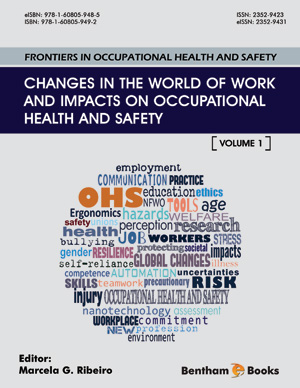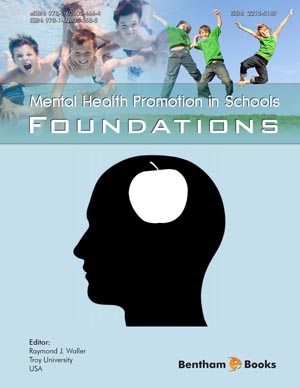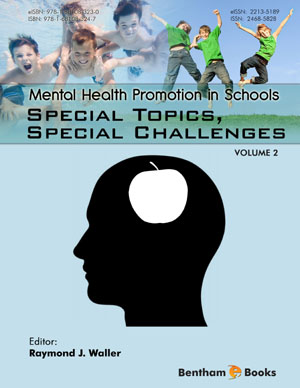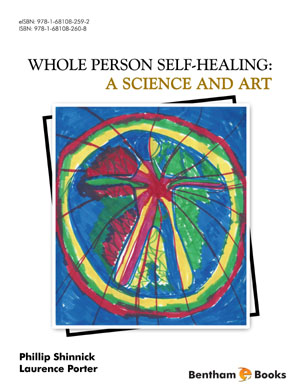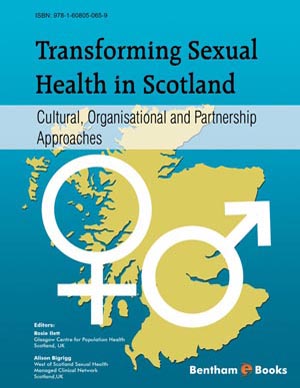Abstract
Chapter Five begins with an overview of the association and differences between ethical problems, ethical dilemmas, moral distress, moral agency and moral residue. Two specific tools for nurses to use when confronted with moral issues in practice are presented: The Mosaic Model for Ethical Decisions by Stephany (2012) and A Framework for Ethical Decision Making by Oberle and Bouchal (2009). An open discussion of the strengths of each strategy is presented. The Mosaic Model differs from other models in that it emphasizes care and caring relationships; keeps the person in the center; is non-linear and is applicable in many settings. The Framework is recommended by the CNA (2017). Tt focuses on the client’s best interests; it encourages reflection; offers items to consider in practice; and is very applicable in a variety of ethical situations. The aforementioned model and framework are each presented in a series of five steps. In the Case in Point a client’s decision conflicts with some members of the health care team. Nurses are encouraged to use the model or framework presented in this Chapter to sort through the ethical issues in this case.
Keywords: A Framework for Ethical Decision Making, Ethical problems, Ethical dilemmas, Ethical decision-making models, Ethical decision-making frameworks, Moral distress, Moral agency, Moral agency violation, Moral residue, The Mosaic Model for Ethical Decisions.







